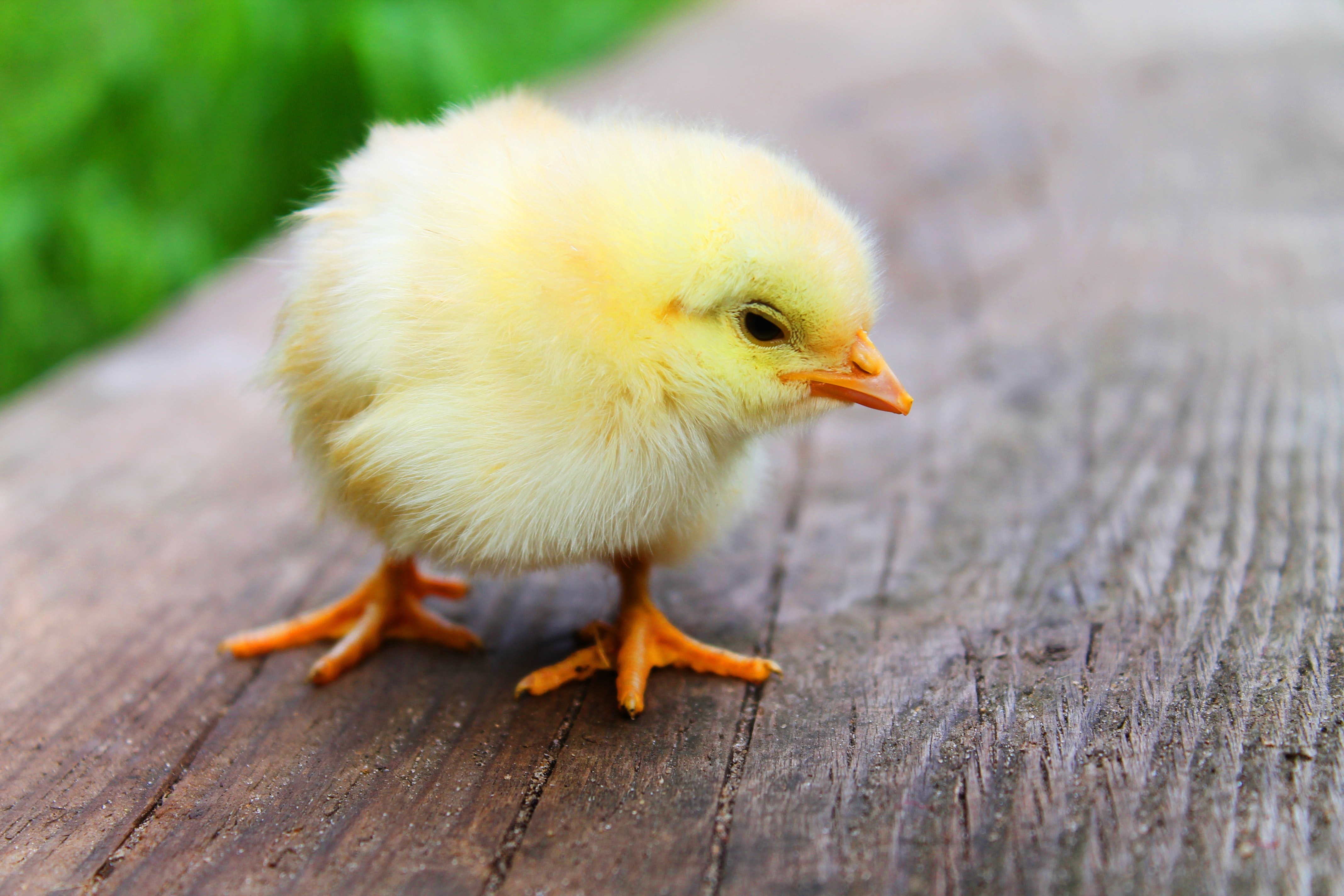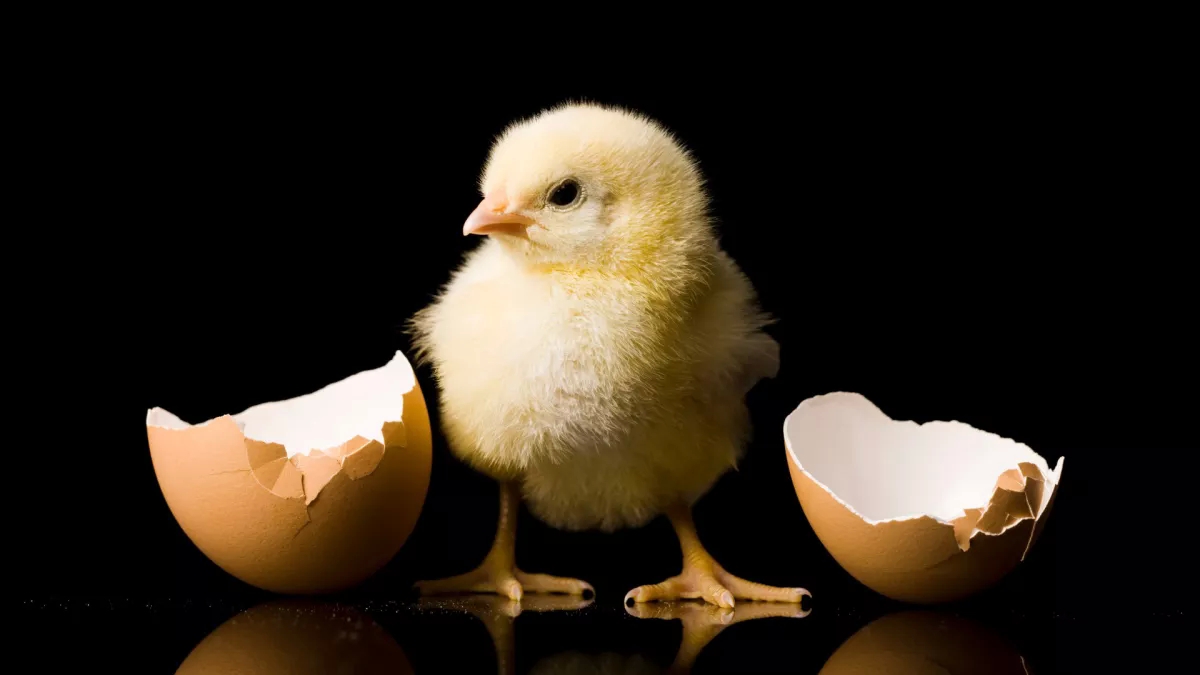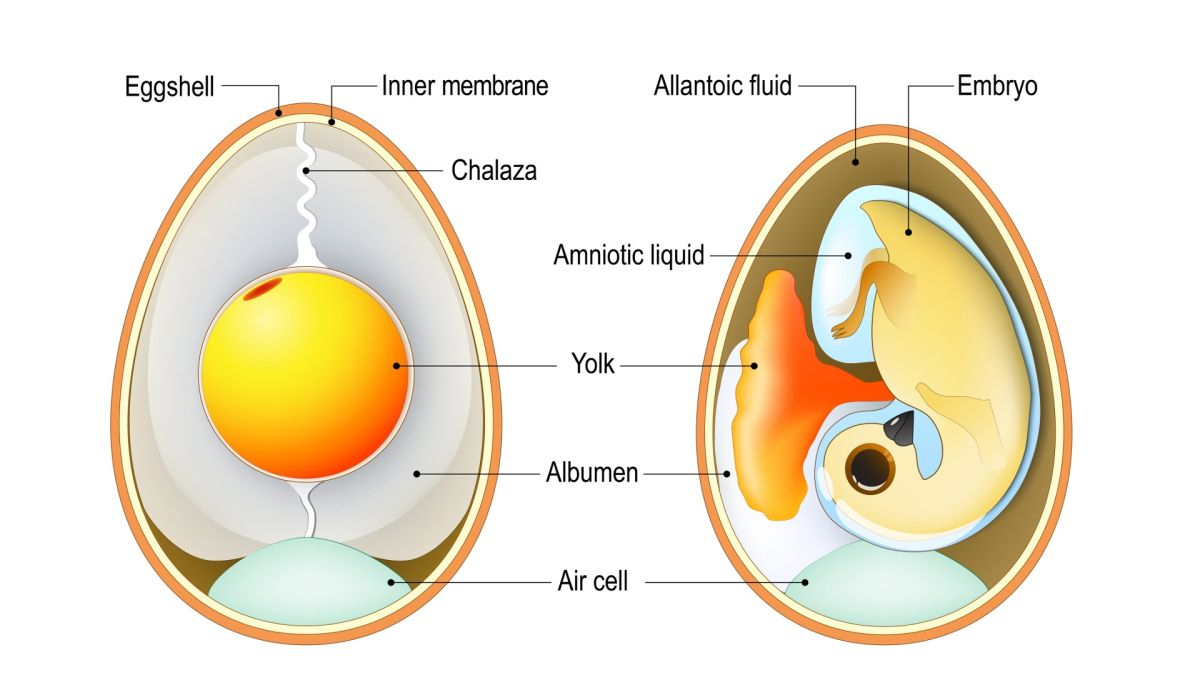Scientists claim to have finally unraveled one of evolution's most enduring mysteries, the timeless debate of what came first, the chicken or the egg. With this significant breakthrough, the ongoing argument can now be put to rest, bringing closure to the age-old question.
Scientists Say They Have Cracked Evolution's Biggest Mystery, What Came First The Chicken Or The Egg
For years, the question of what came first, the chicken or the egg, has been a subject of debate among people of all ages and backgrounds, from schoolchildren to esteemed professors.

It is a conundrum that has puzzled us for a long time, capturing our collective curiosity.
However, after countless years of grappling with this perplexing question, a team of researchers from the University of Bristol's School of Earth Sciences in the United Kingdom has finally cracked the code.
They have succeeded in presenting a definitive answer that brings clarity to the long-standing mystery.
Recent scientific insights have led to the compelling idea that eggs were already being laid by dinosaur ancestors of chickens millions of years in the past.

This astonishing revelation suggests that eggs were being produced long before the evolution of what we now recognize as chickens.
These scientists have made an intriguing finding that challenges our prior knowledge, the ancient reptilian ancestors of chickens, predating the era of dinosaurs, may not have laid eggs as previously thought.
This discovery goes beyond the traditional chicken and egg debates we had in the schoolyard, bringing a profound depth to our understanding.

The research findings have sparked new perspectives and reshaped our understanding of the evolutionary origins of egg-laying animals.
The study, published in Nature Ecology & Evolution, involved the examination of 51 fossil species and 29 present-day species, categorized into oviparous and viviparous groups for analysis.

Surprisingly, the research indicates that the ancient reptilian ancestors of chickens were viviparous, giving birth to live offspring instead of laying eggs, a revelation that challenges previous assumptions.
The research teams from the University of Bristol and Nanjing University highlight the significance of this study, emphasizing its unique contribution to our understanding of reproductive strategies.
The findings suggest that extended embryo retention, where the mother retains the developing young, played a vital role in protecting this particular group of animals. In essence, giving birth to live offspring was a safer alternative to laying eggs during that period.
And in far more sciencey terms than that, Professor Michael Benton, from the University of Bristol, said: "Before the amniotes, the first tetrapods to evolve limbs from fishy fins were broadly amphibious in habits.
"They had to live in or near water to feed and breed, as in modern amphibians such as frogs and salamanders.
"When the amniotes came on the scene 320 million years ago, they were able to break away from the water by evolving waterproof skin and other ways to control water loss. But the amniotic egg was the key."
He added: "Our work, and that of many others in recent years, has consigned the classic 'reptile egg' model of the textbooks to the waste basket."
And project leader, Professor Baoyu Jiang, said: "This standard view has been challenged. Biologists had noticed many lizards and snakes display flexible reproductive strategy across oviparity and viviparity."
"Sometimes, closely related species show both behaviours, and it turns out that live-bearing lizards can flip back to laying eggs much more easily than had been assumed."
These scientists have made some headway in solving the long-standing debate. Based on their scientific research, it is possible that the chicken came first.
But regardless of the answer, one thing is clear. Both chickens and eggs are delicious when it comes to enjoying a tasty meal.

